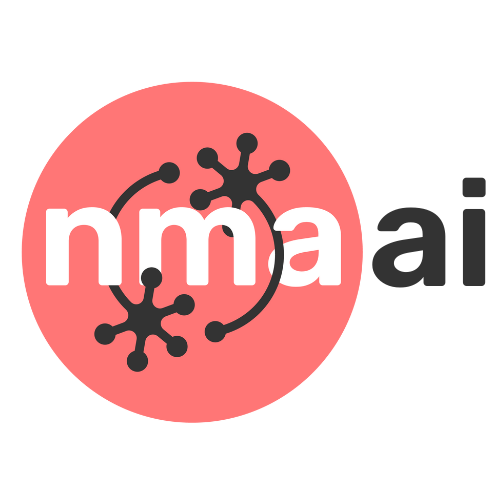W2D2 - Neurosymbolic Methods and Cognitive Architectures#
Welcome to the day on Neurosymbolic Methods and Cognitive Architectures. This year we have some new content to introduce to you from the fascinating work by Chris Eliasmith and Michael Furlong. We’re going to look at methods that use symbolic manipulation in order to learn how to model data in a way that is more brain-like and generalizes well to stimuli out of distribution. We’re also going to look in some detail at a model they have created, called SPAUN. Please consider the note in the prerequisite cell below and try to have a basic understanding of those listed topics before getting into the details. The topic will be much clearer having brushed up on those topics. We’ll now pass it over to Chris and Michael to tell you all about neurosymbolic methods and cognitive architectures!
Install and import feedback gadget#
Show code cell source
# @title Install and import feedback gadget
!pip install vibecheck datatops --quiet
from vibecheck import DatatopsContentReviewContainer
def content_review(notebook_section: str):
return DatatopsContentReviewContainer(
"", # No text prompt
notebook_section,
{
"url": "https://pmyvdlilci.execute-api.us-east-1.amazonaws.com/klab",
"name": "neuromatch_neuroai",
"user_key": "wb2cxze8",
},
).render()
feedback_prefix = "W2D2_Intro"
Prerequisites#
The additional notions you should be comfortable with while exploring today’s tutorials are Fourier Transform and Convolution. We strongly recommend you look at the following video resources by Three Blue One Brown (3b1b) on these concepts if you don’t feel confident about them (Fourier Transform, Convolution). Familiarizing with them will benefit your intuition behind the proposed materials here.
Video#
Intro Video#
Submit your feedback#
Show code cell source
# @title Submit your feedback
content_review(f"{feedback_prefix}_intro_video")

